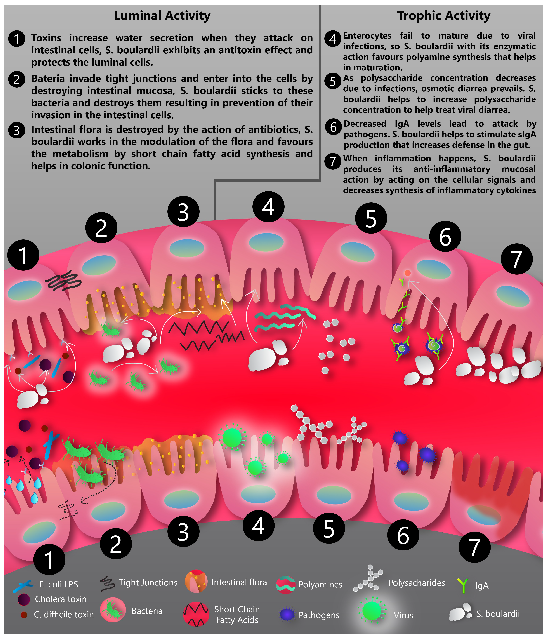 |
|
Comparative assessment of two different yeast genera i.e. Saccharomyces and Wickerhamomyces is carried out regarding industrial and medical applications with special focus on their role in bioethanol production. Since second generation ethanol production from lignocellulosic material has become a hot topic of research due to its noncompetitive nature with food, economically feasible conversion of lignocellulosic biomass requires an organism capable of metabolizing both the hexoses and pentoses simultaneously. Saccharomyces which is in extensive use currently for bioethanol production can effectively convert hexoses into ethanol but unable to metabolize xylose. However, Wickerhamomyces have the potential to convert both the pentoses as well as the hexoses into bioethanol. Additionally, due to its glycosidase production ability, Wickerhamomyces is tolerant to high levels of glucose and ethanol. Furthermore, the capabilities of the two genera with respect to their role in probiotics, antimicrobial agents, food, beverages, biosorption, whole cell biocatalyst, and pectinolytic enzyme production have also been compared in this review.
Keywords: Mycoproducts, Lignocellulose, Antimicrobial, Synergism, Bio sorption.
|
|
 |

